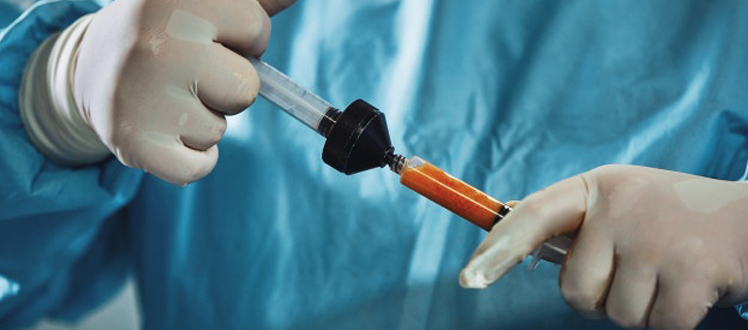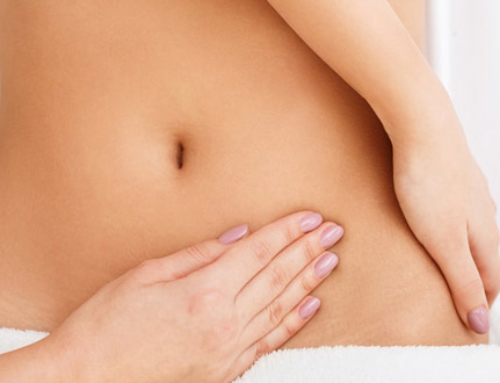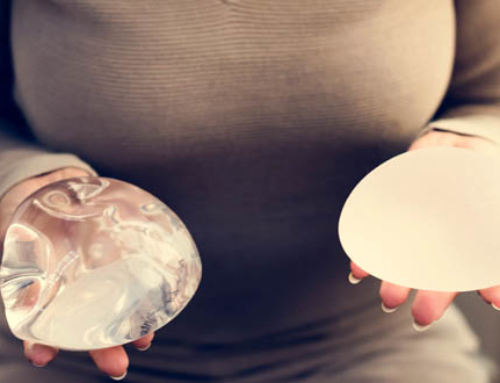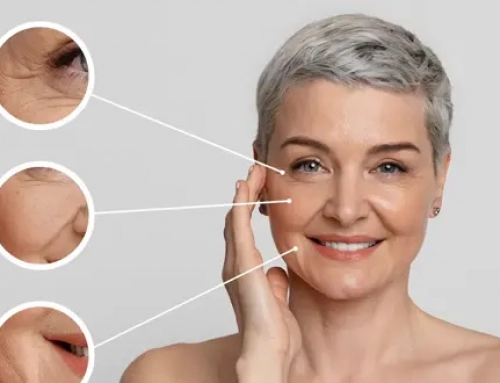How you are recovering can affect the result of your fat grafting procedure. While surgeons systematically give postoperative instructions to their patients, here are some tips to help you avoid mistakes during this time.

Tips to maximize engraftment after fat grafting : part 2
Healthy diet
Certain patients start a high-calories diet after their surgery to try to limit fat resorption, which is a mistake. It is important to stick to a healthy diet in order to keep your weight stable and avoid altering the result of the procedure. Weight gain after fat grafting surgery will most likely affect areas where fat has been harvested, but this does not mean fat engraftment will be better. Favor food rich in good fats like nuts, salmon and avocados.
Hydrate
Hydrating is essential under normal circumstances and is all the more important when the body is healing from surgery. Surgeons recommend drinking 2L of water daily and consuming drinks that are rich in minerals, salt and electrolytes such as sports drinks.
Sleeping in the right position
It is important to avoid exerting pressure on the treatment area during sleep. If you are recovering from a fat grafting breast augmentation or facial rejuvenation, you will have to sleep on your back for approximately 2 months. However, if you are recovering from a Brazilian Butt Lift, sleeping on your stomach is preferable (or on your side if you are sure you will not end up sleeping on your back during the night).
Exercising again after 2 months
Exercising stimulates blood circulation and helps eliminate toxins. Start exercising 8 weeks after your fat grafting procedure to maintain the result of your treatment while making sure you are not exerting pressure on your treatment area. If your procedure was a BBL, avoid exercises that require sitting. If it was a facial fat grafting, avoid repetitive impacts (running, downward and upwards movements), which can be detrimental to facial fat grafts.





